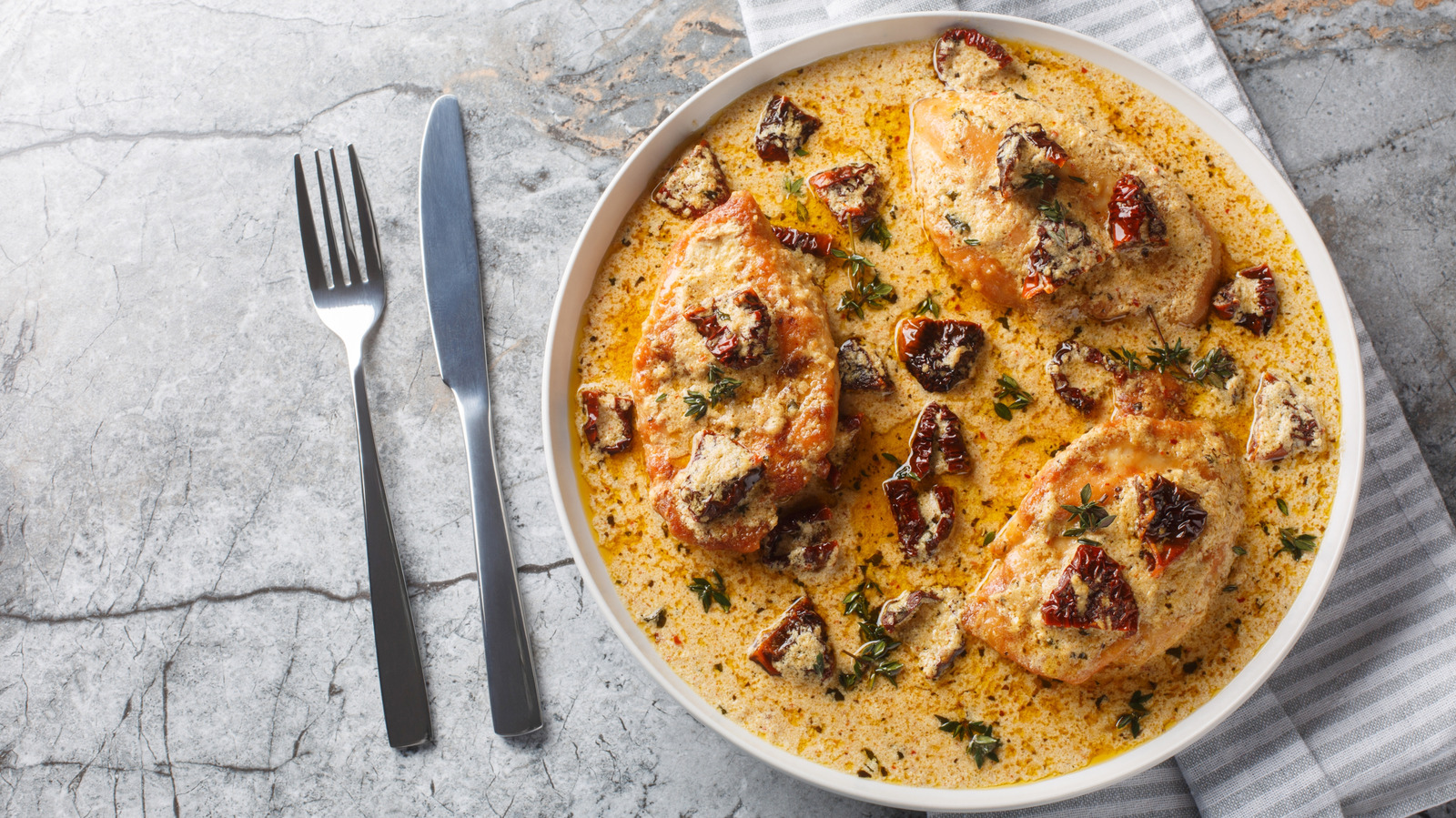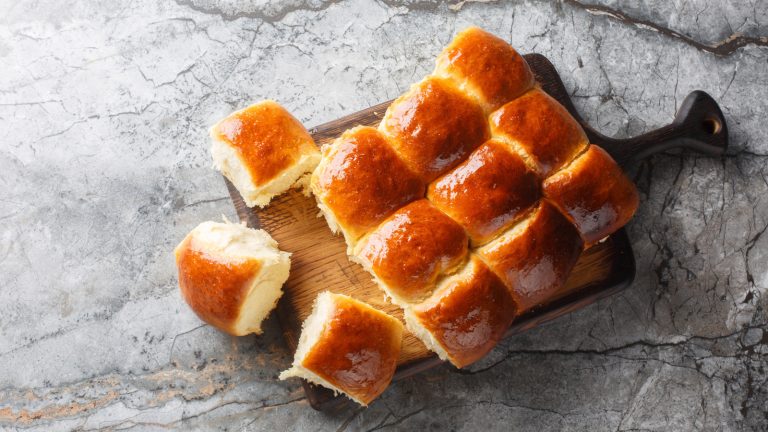We may receive a commission on purchases made from links.
Chicken breasts are the most versatile protein out there. You can sear them in a skillet with a pat of butter and herbs to make a quick lunch, steam them to make Hainanese chicken rice, or bread them with panko before shallow frying to make chicken schnitzel. However, baking your chicken is the ultimate way to make dinner when you’re in a low-effort mood. But how do you know whether to bake your chicken breasts covered or uncovered? We got some tips from meat expert Courtney Luna, author of international bestselling cookbook “Carnivore in the Kitchen: A Fresh and Fun Approach to Meat-Based Meals.”
“Covered is great when you are baking with a broth or sauce to retain moisture,” advises the TikTok carnivore influencer. “Low, slow and covered is great for moist chicken, such as in a casserole.”
Cooking chicken breast with the lid on traps steam inside the pot, which helps it to retain the meat’s juiciness. The steam also encourages the chicken to cook faster, and when simmering your chicken breast in a French style chasseur sauce, keeping the lid on your Dutch oven allows the tomatoes, mushrooms and wine to cook down and produce a luscious jus that keeps the protein moist. Don’t have a lid? Place a piece of aluminum foil or parchment paper over your chicken to make a cartouche, which will keep the steam inside and prevent the chicken developing a crust.
Bake chicken breasts uncovered for a crispy texture and golden color
If you like your chicken breast to have a crispy texture, you’re best off skipping the lid. “Uncovered is best for roasting or crisping, to allow a golden brown finish,” according to Luna. “High heat and uncovered is great for juicy chicken, but with a crispy exterior.” For instance, laying marinated chicken breasts on a sheet pan and baking them without tenting them in foil allows the fat in the skin to render out. This creates a crispy layer of golden skin on top that’s packed with flavor. It also provides textural interest against the softness of the breast meat, producing a dish with a satisfying mouthfeel.
Alternatively, you could cook your chicken skin-side down first (as mentioned in this recipe for sheet-pan Caprese chicken gnocchi) before flipping it over and baking it again with the remaining ingredients to guarantee its entire surface area is full of flavor. Another option is to combine both options and bake your chicken covered first to allow it to remain juicy in the middle before uncovering it for the final few minutes of cooking time so it can develop a touch of color.






